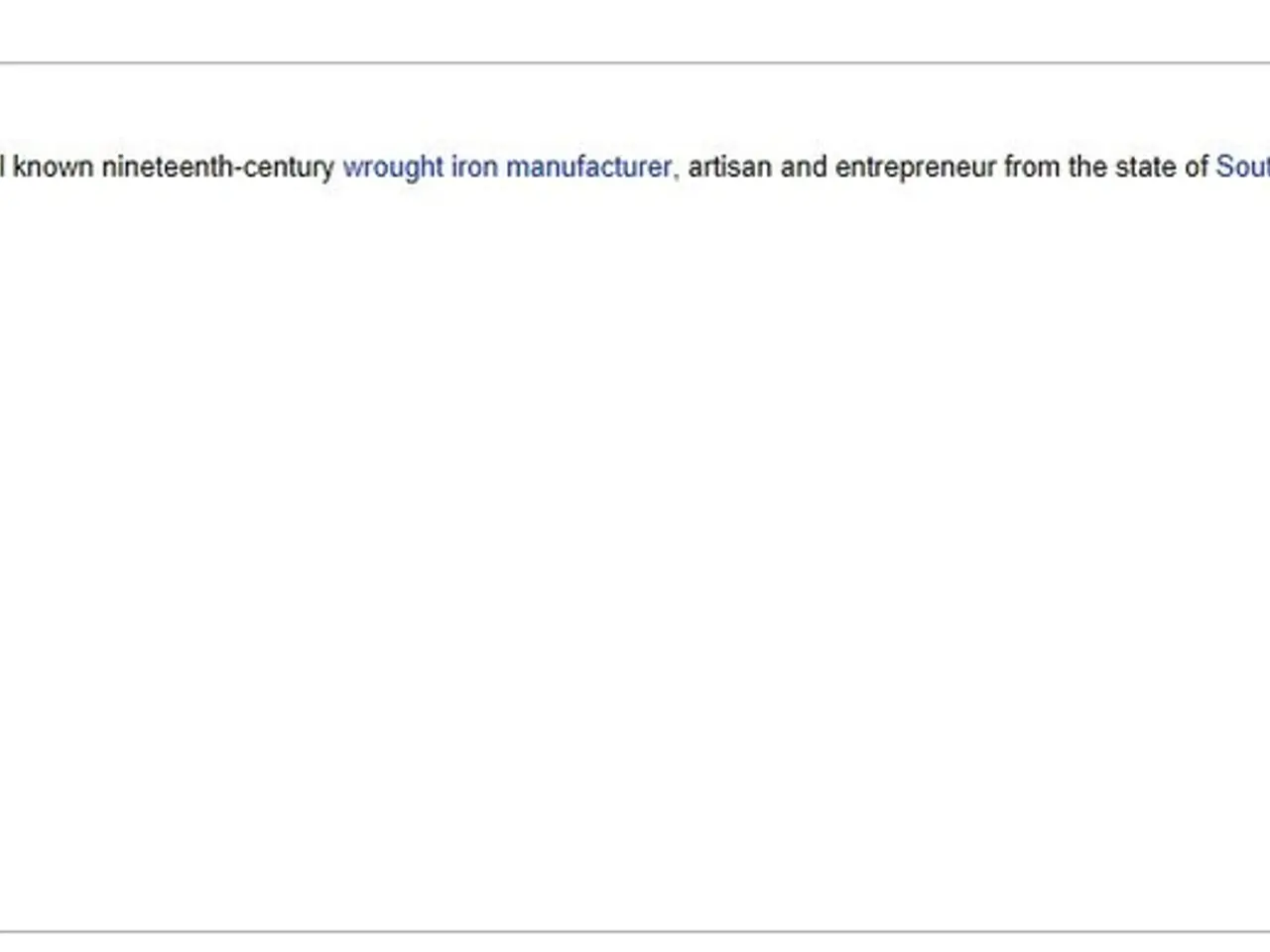Life and Achievements of Albert Einstein, and His Lasting Influence
Albert Einstein, born on March 14, 1879, in Ulm, Kingdom of Württemberg, German Empire, embarked on a remarkable journey that would revolutionise modern physics and leave an indelible mark on society. His career was a tapestry of significant breakthroughs, challenges, and controversies that continue to captivate and inspire.
Einstein's early career was marked by struggles to secure academic positions, leading him to work at the Swiss Patent Office starting in 1902. This unexpected turn provided him with the stability and time to think deeply about physics, leading to his "Miracle Year" of 1905. In this remarkable year, Einstein published four groundbreaking papers on the photoelectric effect, Brownian motion, special relativity, and mass-energy equivalence (E=mc²). These papers fundamentally changed physics by introducing quantum theory concepts and revolutionising understanding of space, time, and energy [1][3][4].
In 1915, Einstein presented the general theory of relativity, which redefined gravity as the curvature of spacetime caused by mass. This theory predicted phenomena like the bending of light around massive objects, a prediction confirmed by later experiments, cementing his place as a leading physicist [2][4]. The general theory of relativity has been instrumental in many scientific developments, including the prediction and discovery of black holes and gravitational waves.
Einstein's contributions earned him the Nobel Prize in Physics in 1921 for explaining the photoelectric effect, which validated light’s particle-like properties and helped establish quantum mechanics, though not for relativity [1][2][4]. Beyond academia, Einstein was an outspoken advocate for peace, human rights, and civil liberties. His public opposition to war, racism, and nuclear weapons made him a controversial figure in some political circles, especially during the Cold War era [2].
Einstein's later years were not without challenges. Due to his Jewish heritage and outspoken views, he faced persecution after the Nazis rose to power in 1933. He fled Germany and settled in the United States, taking a position at the Institute for Advanced Study in Princeton, New Jersey [2]. In his later years, Einstein pursued a unified field theory—an attempt to merge electromagnetism and gravity—but this goal remained elusive, reflecting the limits of theoretical physics at the time [2].
Despite these challenges, Einstein's profound insights and principled stands made him an enduring icon in both science and society. His famous equation E=mc² remains a symbol of scientific genius. Einstein's discoveries have fundamentally transformed physics, influencing cosmology, quantum mechanics, and technology. His work on the photoelectric effect laid the foundation for quantum physics, and his insights have inspired numerous technological advancements, including GPS systems and lasers.
Einstein's life and achievements are a testament to the boundless potential of the human spirit. His story serves as a reminder that the pursuit of knowledge is a journey without an end, and that every discovery, every insight, brings us one step closer to understanding the enigmatic universe we inhabit. Freeman Dyson described Einstein as a man who could ask immensely profound questions and who had the ability to see through the big riddles of the universe. Einstein's legacy continues to inspire and shape the scientific world, reminding us that the universe, though complex and mysterious, is not beyond our comprehension.
References: [1] Isaacson, W. (2007). Einstein: His Life and Universe. Simon & Schuster. [2] Pais, A. (1982). Subtle is the Lord: The Science and the Life of Albert Einstein. Oxford University Press. [3] Stachel, J. (2002). Einstein from 'B' to 'Z'. Springer. [4] Stumpf, G. (2005). The Quantum Question: Investigating the Arcane Interworld of Particles and Waves. Oxford University Press.
- It's remarkable to consider the time when Einstein struggled to secure academic positions, eventually finding solace at the Swiss Patent Office in 1902, a situation that inadvertently offered him the stability and time to think deeply about physics.
- The year 1905, often referred to as Einstein's "Miracle Year," saw him publishing four groundbreaking papers on various topics, including the photoelectric effect, Brownian motion, special relativity, and mass-energy equivalence (E=mc²), forever changing physics.
- In 1915, Einstein presented the general theory of relativity, a revolutionary concept that redefined gravity as spacetime curvature caused by mass.
- This theory provided explanations for phenomena like the bending of light, predictions that were later confirmed by experiments, further solidifying Einstein's status as a leading physicist.
- Einstein's Nobel Prize in Physics in 1921 recognized his work on the photoelectric effect, a validation of light’s particle-like properties that contributed to the establishment of quantum mechanics.
- However, his contributions to relativity were not recognized with the Nobel Prize, despite revolutionizing the understanding of space, time, and energy.
- Beyond academia, Einstein was a vocal advocate for peace, human rights, and civil liberties, making him a controversial figure in certain political circles, especially during the Cold War era.
- Due to his Jewish heritage and outspoken views, Einstein faced persecution after the Nazis rose to power in 1933, forcing him to flee to the United States.
- He took a position at the Institute for Advanced Study in Princeton, New Jersey, where he continued his work, but the unified field theory—an attempt to merge electromagnetism and gravity—remained elusive.
- Einstein's profound insights and strong moral compass made him an enduring icon in both science and society.
- His famous equation E=mc² remains a symbol of scientific genius, encapsulating the power of energy and mass.
- Einstein's discoveries have had a profound impact on numerous areas of science, including cosmology, quantum mechanics, and technology.
- His work on the photoelectric effect laid the foundation for quantum physics, and his insights have inspired technological advancements such as GPS systems and lasers.
- As the world grapples with challenges like autoimmune disorders, mental health issues, climate change, and others, Einstein's life serves as a reminder of the boundless potential of the human spirit.
- His story teaches us that the pursuit of knowledge is a never-ending journey, bringing us one step closer to understanding the complexities of the universe we inhabit.
- From medical conditions like cancer, respiratory and digestive health problems, eye-health, hearing issues, to health-and-wellness, fitness-and-exercise, sexual-health, and skin-care, the field of science continues to explore and develop therapies-and-treatments, nutrition plans, and strategies for weight-management and aging.
- In the realm of environmental science, studies on skin-conditions, space-and-astronomy, and neurological-disorders offer insights into how we can better understand and protect our planet, and perhaps, even uncover the mysteries of the cosmos.







